European larch (EL)
European larch has been widely planted in Britain but not to any great extent with Japanese and hybrid larch preferred. There are two recognised varieties: L. decidua var. carpatica (Carpathian Mountains) and L. decidua var. polonica (hills on the Polish plains). The latter is listed as endangered by the IUCN.
This species has the potential for future expansion on the right sites, but its current position is unlikely to alter with projected climate change. However its use now and in the future is under review with the continuing impacts of the disease Phytophthora ramorum affecting planting potential in much of Britain.
European larch is categorised as a principal tree species. These are tree species where silvicultural knowledge provides confidence to enable successful deployment across Britain. The species are either already widely used or are increasing in usage. They will continue to be important unless affected by a new pest or disease or become adversely affected by climate change.
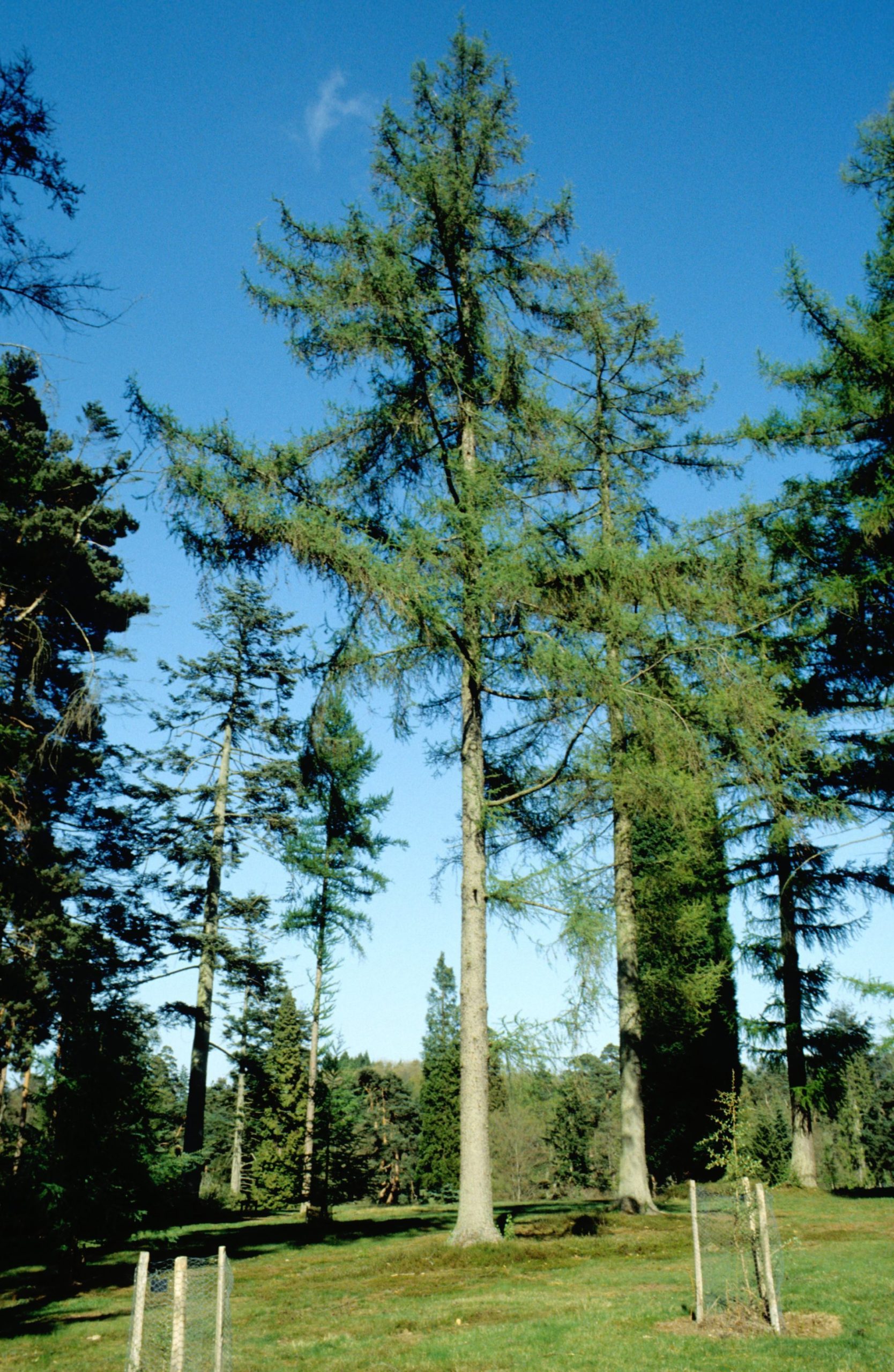
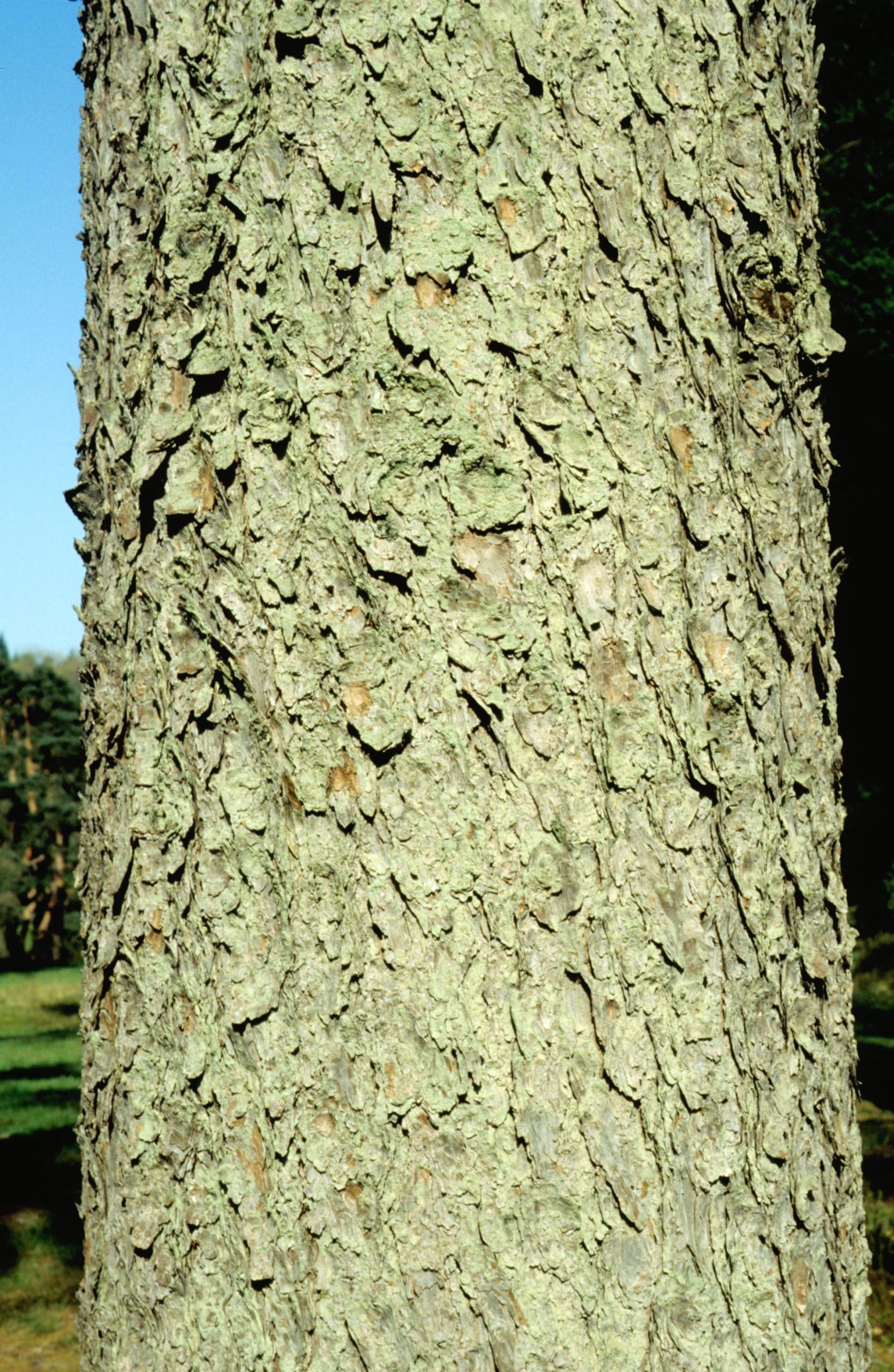
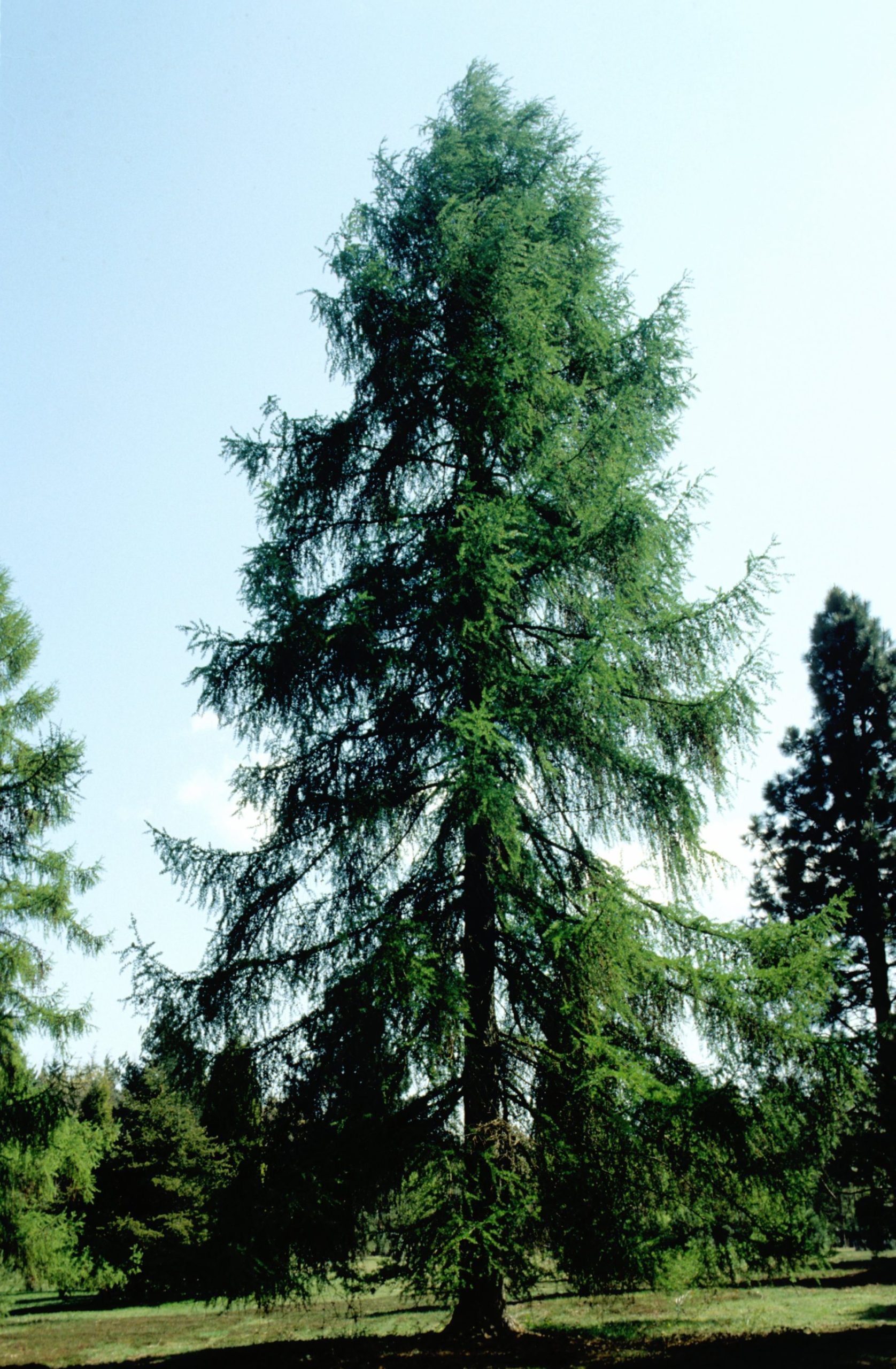
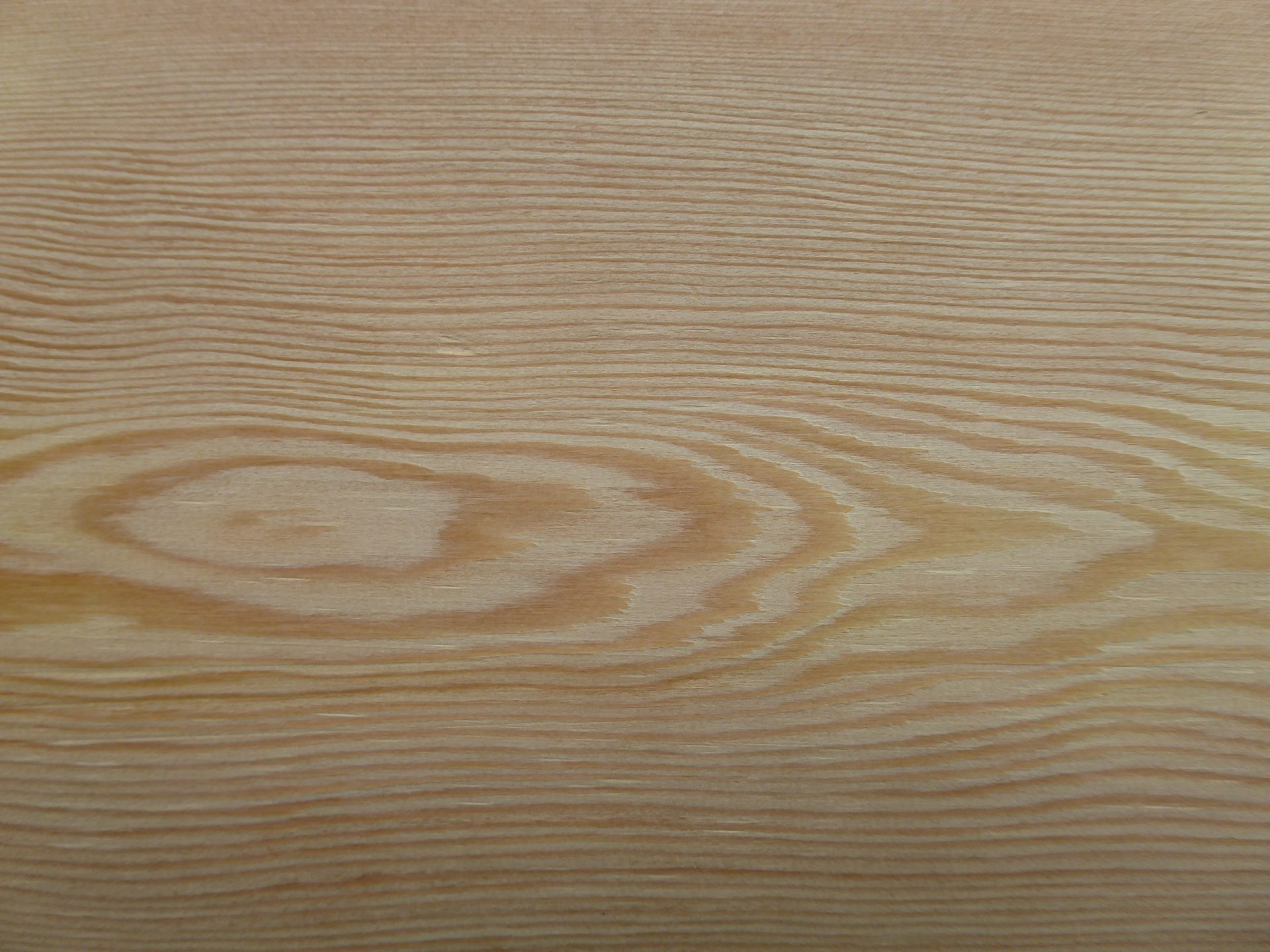
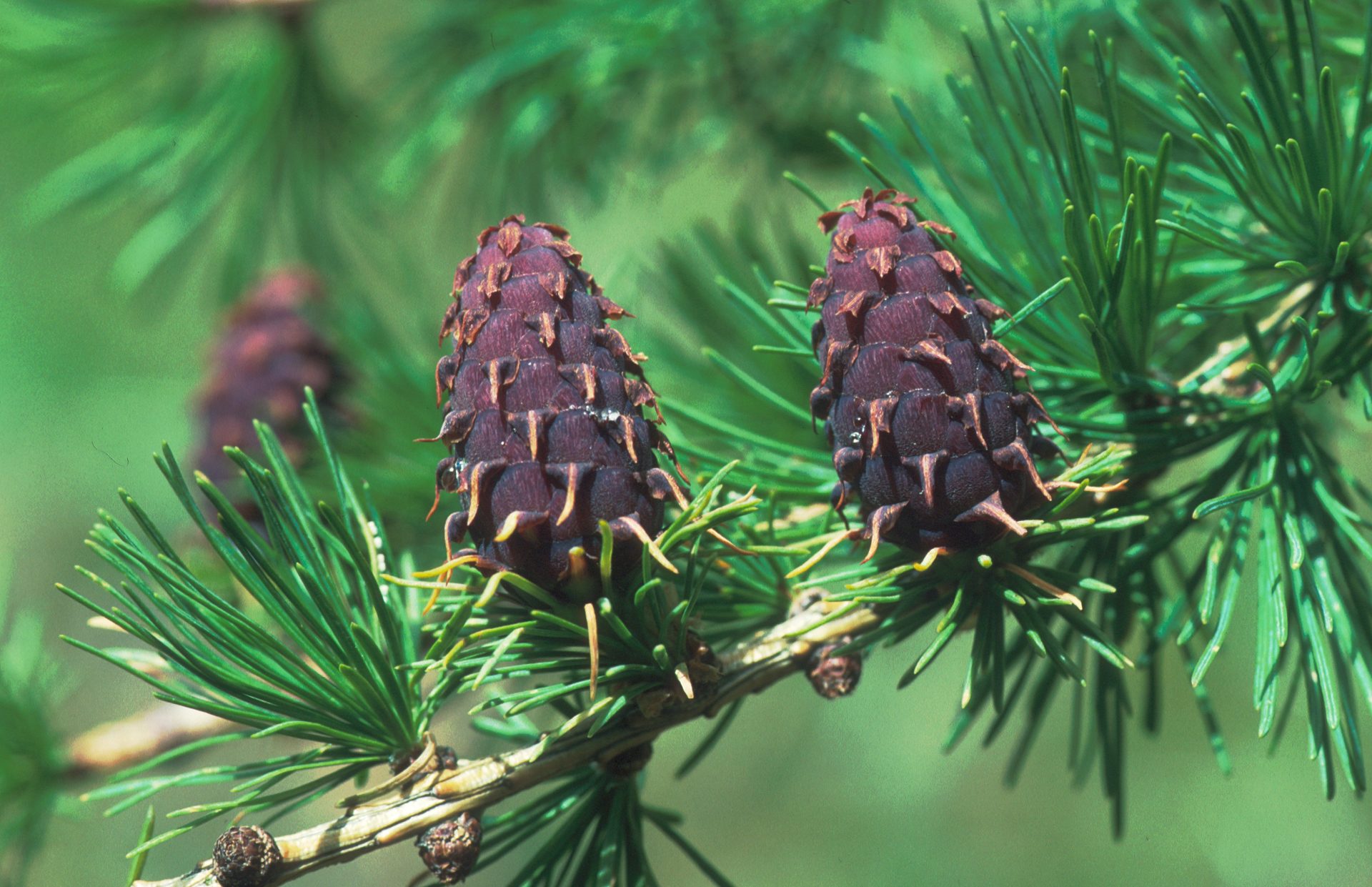
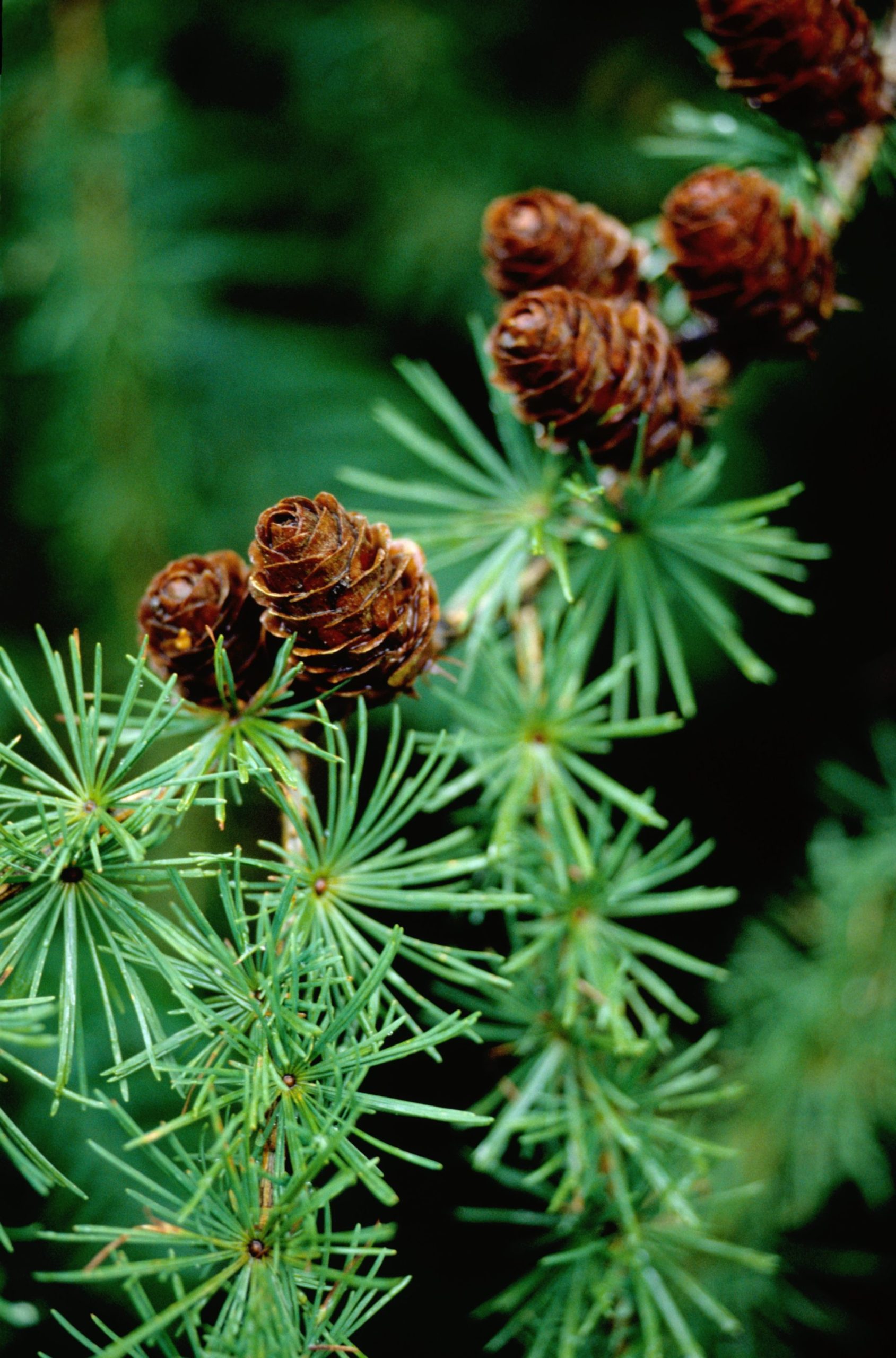
Range
Native to the Alps and Carpathian regions and parts of eastern Europe (Sudeten region, Tatras mountains). Usually growing between 1000 and 2200 m asl.
Provenance Choice
Collections from good British seed stands or provenances from the Czech Republic (aka Sudeten larch) and Slovakia should be preferred. Such material shows much less vulnerability to larch canker, while sources from high elevations in the Alps are very susceptible to canker and should be avoided.
Site Requirements
European larch is adapted to sub-continental climates with low temperatures; wind firm but suffers from exposure; not affected by winter cold but susceptible to damage by early spring frosts. Frost damage can lead to infection by canker.
Suitable sites for European larch are light, moist but free-draining soils of poor to medium nutrient status. However, on such sites it can be out-yielded by other species such as Douglas-fir. Does not tolerate waterlogged, compacted or very nutrient poor mineral soils. Very fertile soils should also be avoided, as the resultant rapid growth often produces ‘cork-screw’ leaders and instability. A species not suited to coastal planting as it is sensitive to salt laden winds.
Further detail on the site requirements of European larch in current and future climates can be examined using the Forest Research Ecological Site Classification Decision Support System (ESC).
ECOLOGICAL SITE CLASSIFICATION TOOL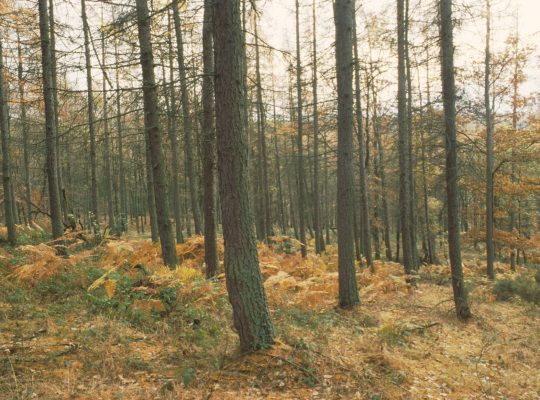
Silviculture
European larch is a pioneer species and a strong light demander. It has a deep root system enabling it to access soil moisture and provide good stability. On wind-swept sites trees develop a pronounced lean with resultant poor form. As a deciduous species it has recognised soil improvement capabilities providing improved phosphorus status in soils where grown. European larch is also regarded as a good nurse species and conversely will grow on less fertile sites if planted in mixture with Scots pine.
European larch should be planted at 2 x 2 m (2,500 plants/ha). The species flushes early and planting should be completed before flushing starts. Water stress over a dry spring, planting on very free draining slopes or on sites where the soil remains cold after flushing can lead to losses. It is very shade intolerant, so good weeding during establishment is essential to control competing vegetation.
European larch tends to self-prune (unlike most other conifers) if managed in a well stocked stand. Pruning may be necessary in more open plantings or mixed stands if a quality saw log is required. As a strong light demander, thinning should start before the stand reaches 10 m height and should be heavy to provide adequate room for individual trees. Delayed thinning results in a serious reduction in crown density which does not recover easily. Subsequent thinning’s should be conducted at 3–5-year intervals. On very good sites European larch can achieve 10 to 12 Yield class (less elsewhere) on a rotation length of 50-60 years.
A pioneer species with rapid early height growth and good stem form while the light shade makes it suitable for growing in mixture with broadleaves or other conifers.
Pests and Pathogens
Larch species are seriously affected by the introduced pathogen, Phytophthora ramorum, which is causing widespread mortality of larch in many parts of Britain. Japanese larch is highly susceptible but both European larch and hybrid larch are also affected. Phytophthora ramorum is notifiable, and any suspected cases should be reported via TreeAlert.
All three larches (EL, JL and HL) can be killed following attacks by the larch bark beetle, Ips cembrae, which is found in mainland Britain. Trees under stress are preferentially attacked. Ips cembrae is notifiable, and any suspected cases should be reported via TreeAlert.
European larch can also be affected by conifer root and butt rot (Fomes) Heterobasidion annosum as well as another butt rot fungus, Phaeolus schweinitzii.
Certain provenances are highly susceptible to the fungal disease, larch canker (Lachnellula willkommii), which causes perennial cankers that girdle or distort branches and stems. There is believed to be an association between frost damage and larch canker. European larch can also occasionally suffer striking defoliation by the needle cast fungus Meria laricis.
See our other tools and resources
Further Resources
External
In addition to the general sources of information for species the following are useful for European larch.
Da Ronch, F., Caudullo, G., Tinner, W., de Rigo, D., 2016. Larix decidua and other larches in Europe: distribution, habitat, usage, and threats. In: San-Miguel-Ayanz, J., de Rigo, D., Caudullo, G., Houston Durrant, T., Mauri, A. (Eds.), European Atlas of Forest Tree Species. Publ. Off. EU, Luxembourg, pp. e01e492+
Matras J. and Pâques L. 2008. EUFORGEN Technical Guidelines for genetic conservation and use for European Larch (Larix decidua). Bioversity International, Rome, Italy. 6 pages.
Reynolds, C et al. (2021) Providing the evidence base to diversify Britain’s forests: initial results from a new generation of species trials. Quarterly Journal of Forestry 115: 26-37.
Tree pests and diseases – GOV.UK (www.gov.uk) 2020.




